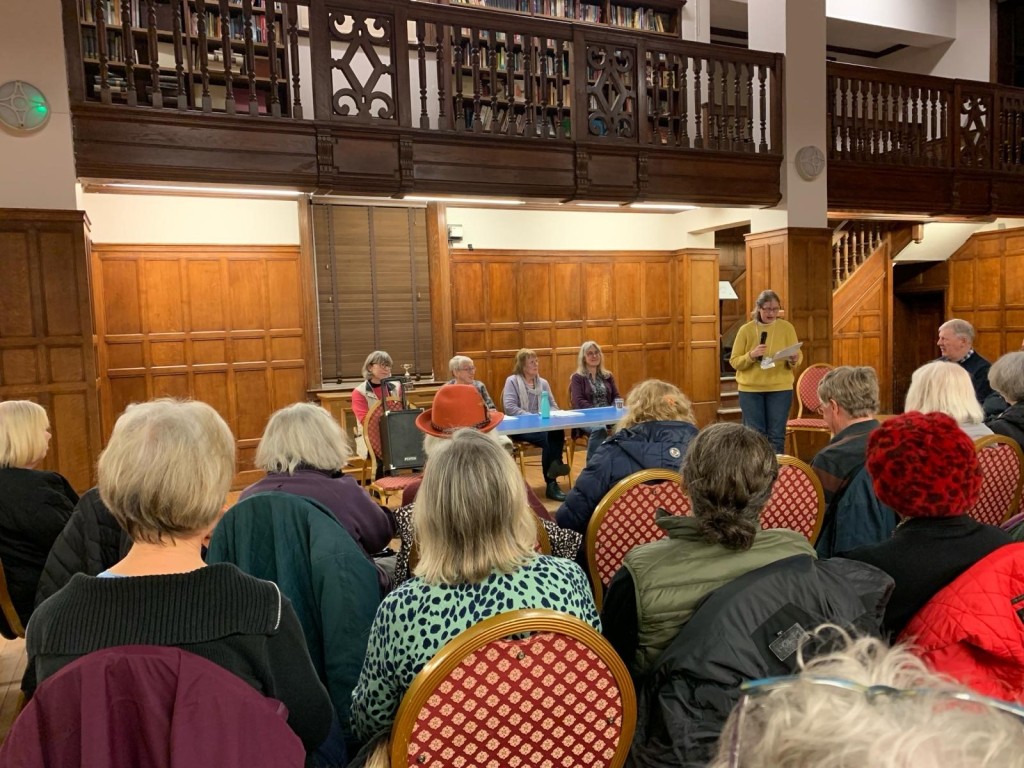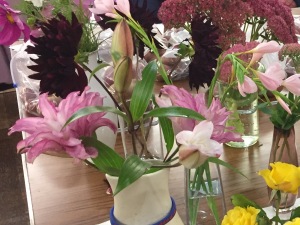We attempted something a bit different at this meeting! Our Chair Stella introduced the evening by asking the audience to imagine we were all sitting relaxing in the CABAHS garden shed surrounded by our gardening friends. She then introduced the “panel” and to start the conversation rolling, asked how they first became interested in gardening.
The four panellists, Ruth, Kathy, Lynda & Pat each had different but similar personal stories, and it was usually a parent or grandparent who first sparked their interest.
The next question was about the tastiest vegetable or fruit we had ever grown.
For Pat this was Sungold tomatoes. Lynda is known among members for growing Goji berry but she chose sweetcorn as the tastiest ever. Ruth thought figs from her allotment were amazing, especially as she had inherited them from the previous holder. For Kathy it was “Mr Green’s” (the previous owner of her garden) summer raspberries, which have been in the same bed for over 35 years.
Now on to the best Show flowers (topical as we have the Spring Show coming up next month). Stella put in her vote for Penstemon ‘Garnet’, certainly a very good do-er in the Walled Gardens at Charlton House.
Continue reading March 2024: Down at the CABAHS Shed










































































